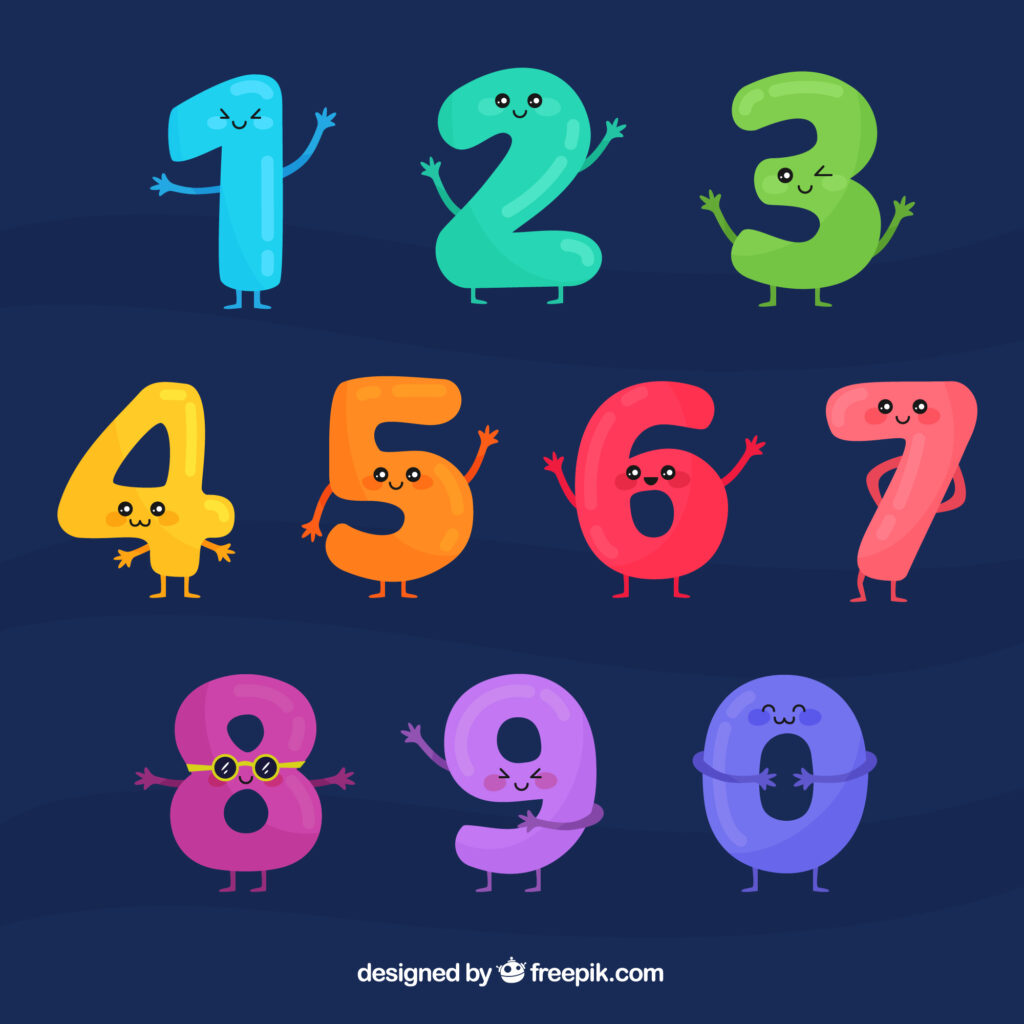“What’s number talk?” you’re asking? If you are a parent this is relevant to you. The short answer is: Number talk is any talk involving numbers. But beware: Not all number talk is created equal, more on that later in this article.
Why do I bring up number talk? Because, as you know from one of my other posts, fostering your child’s budding maths abilities will help your child’s later academic achievement and number talk is one way of doing this.
How do you do number talk with your child and what is “good” number talk?
Gunderson and Levine investigated this question in their paper “Some types of parent number talk count more than others: Relations between parents’ input and children’s cardinal-number knowledge”.
Previous studies by other people had shown that the maths knowledge of children of age 4 greatly varies and since these kids are too young to have had any schooling, Gunderson and Levine deduced that therefore this variability must be caused by the home environment. So they set about investigating how parents talk to their children about numbers.
One of their key findings is that those children whose parents used numbers larger and therefore outside their children’s current knowledge (e.g. 4-10) enjoyed more robust (cardinal) number knowledge later on than those of parents who only used small sets of items (e.g. 1-3).
Let’s look at this finding more closely, in particular, at the phrase “cardinal number knowledge”: There are two parts that make up counting. One part is the names of the numbers and the other part is knowing that these names correspond to sets of different sizes. It is vital to understand this distinction if you want to understand your child’s current understanding of counting and help them master counting.
Children don’t necessarily learn these two parts of counting simultaneously. For example, a child may be able to “count” from 1 to 20 by saying “One, two, three, four, …” and so on but they may be unaware that each number corresponds to a set containing a given number of objects. So when you have four Smarties on your hand and you ask them “How many Smarties do I have?” they may shout “Eleven!* or they may count them by pointing at each and go “One, two, three, four, five, six, seven.”, counting some Smarties more than once.
The Cardinal Principle is the mathematical concept that each number word corresponds to a set containing that number of objects. Understanding this principle is the key to mastering counting.
Levine and Gundarson found that, for whatever reason, if parents use the numbers 4 to 10 when they speak to their child, even if these numbers are still a bit too large for their child to understand, their child can count better later on than children who are only exposed to small numbers from 1 to 3.
They write: “…Although exposure to small-number talk is almost certainly vital for learning the meanings of the words 1, 2, and 3, we ask whether exposure to number talk about large sets (4–10) also contributes to children’s development of cardinal-number knowledge. We propose that children do not infer the cardinal principle based solely on their knowledge of the count list and the cardinal meanings of the words 1, 2, and 3. Rather, children benefit from exposure to number talk about sets of size 4 or greater when learning the cardinal principle. The rationale is as follows. Children can learn the cardinal meanings of the words 1, 2, and 3 by directly mapping the number words onto their corresponding nonverbal representations in the small-exact-number system. Because the small number words map directly onto the child’s pre-existing nonverbal representations, the child can learn the cardinal meanings of the small number words individually, without understanding the ordinal relations between these numbers or their connection to the count list … As a result, children who are exposed primarily to number talk about sets of size 1, 2, and 3 may succeed in learning these direct mappings, but have little or no need to go beyond those mappings to infer the cardinal principle….”
The mapping onto pre-existing non-verbal representations means that a child can recognise sets of size 1,2 and 3 without counting, just by looking at them. So as long as you only use small numbers when you talk to your child, he or she will not be in a situation where they have to count.
So in order to foster your child’s maths abilities you have to not only use numbers when you talk to them but also numbers that are so large that your child has to start counting.



